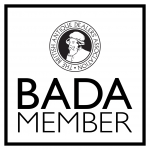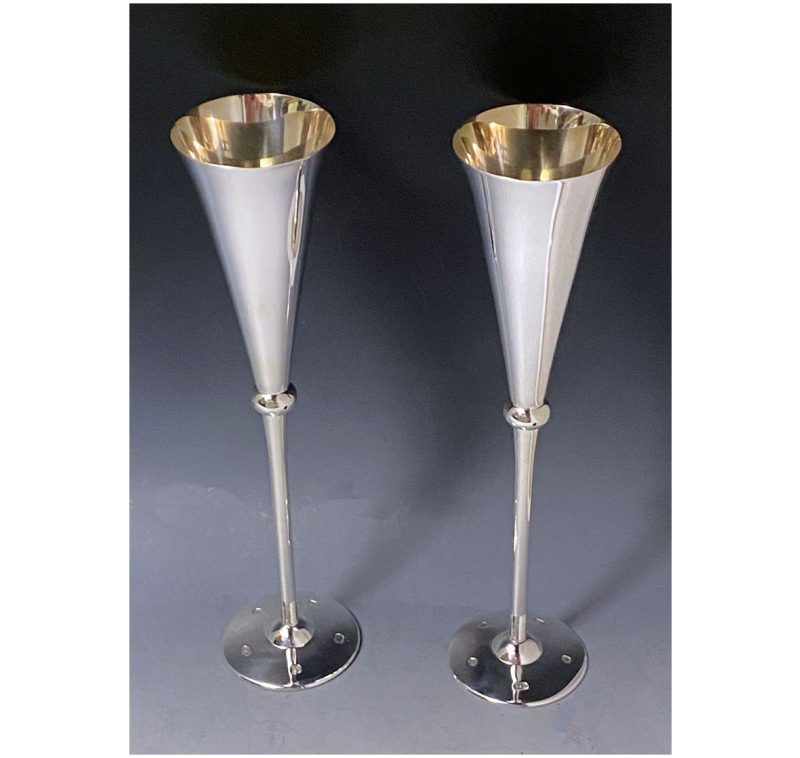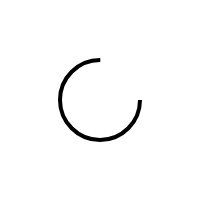-
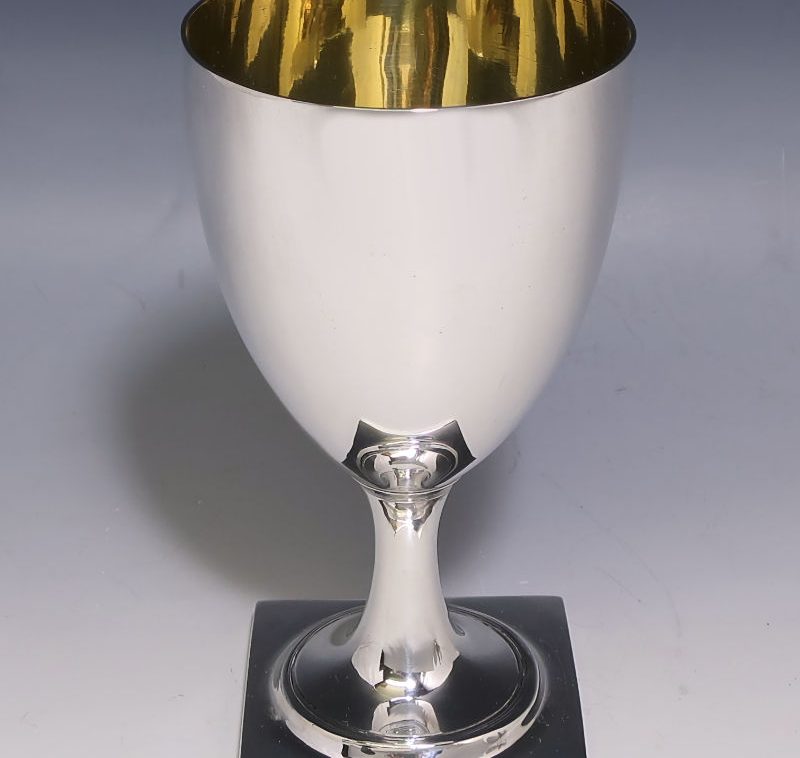
Antique Silver George III Goblet made in 1798
£1,100ENQUIRE ABOUT THIS PIECEW198x37Date:1798Maker: George Smith II & Thomas Hayter£1,100 -
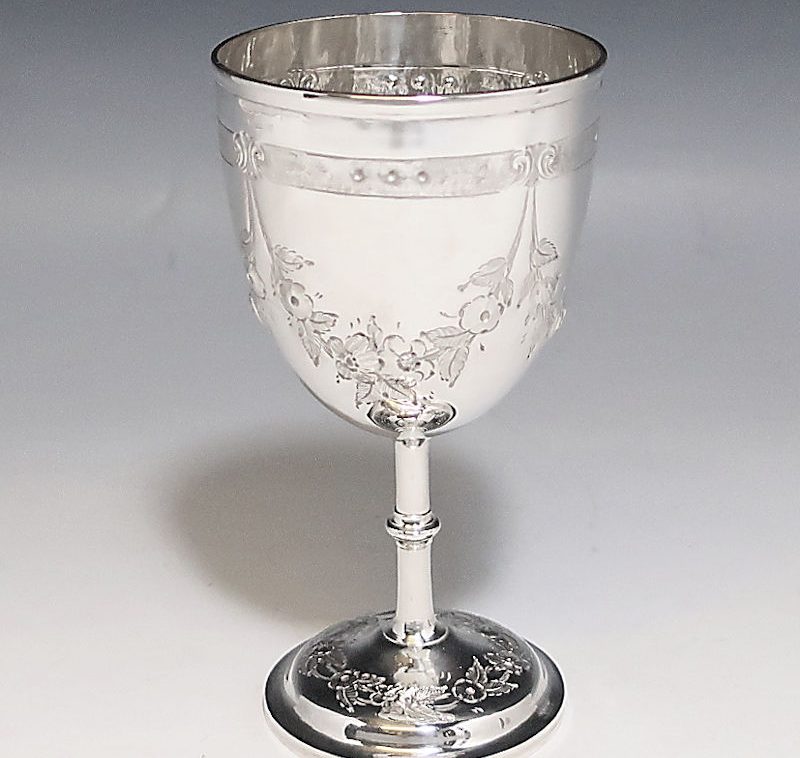
Antique Silver Victorian Goblet made in 1871
£645ENQUIRE ABOUT THIS PIECEW199x35Date:1871Maker: Lias Brothers£645 -
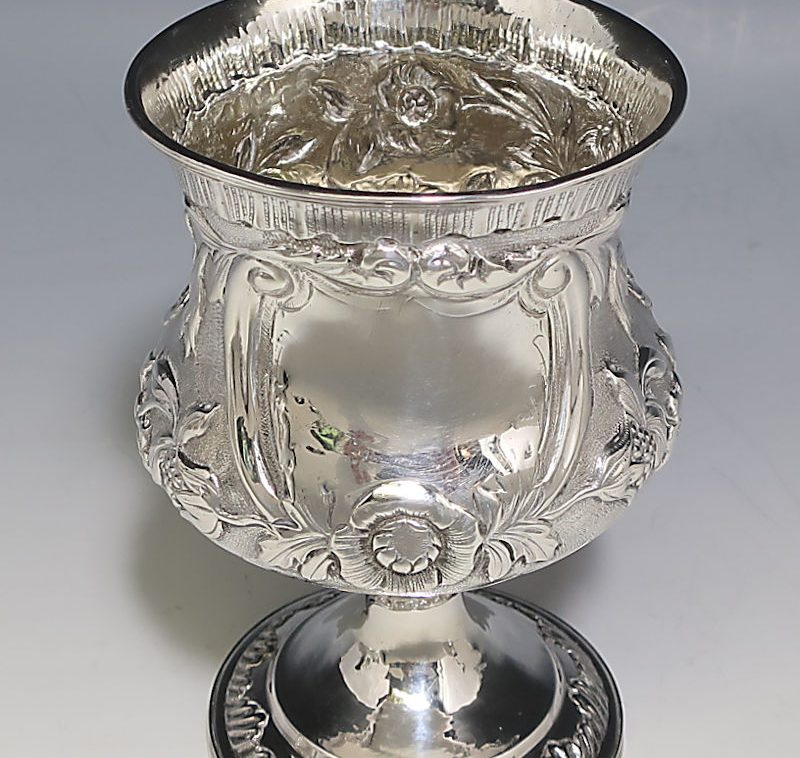
Antique Silver George IV Goblet made in 1830
£685ENQUIRE ABOUT THIS PIECEW195x37Date:1830Maker: James Henry Daniel£685 -
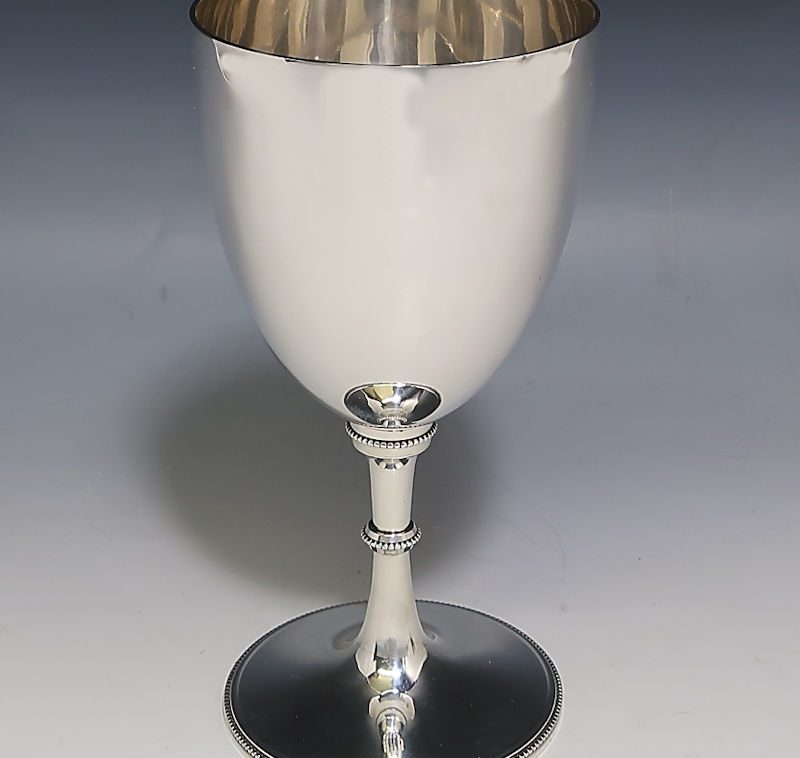
Antique Silver Victorian Goblet made in 1868
£625ENQUIRE ABOUT THIS PIECEW120x34Date:1868Maker: Edward Charles Brown£625 -
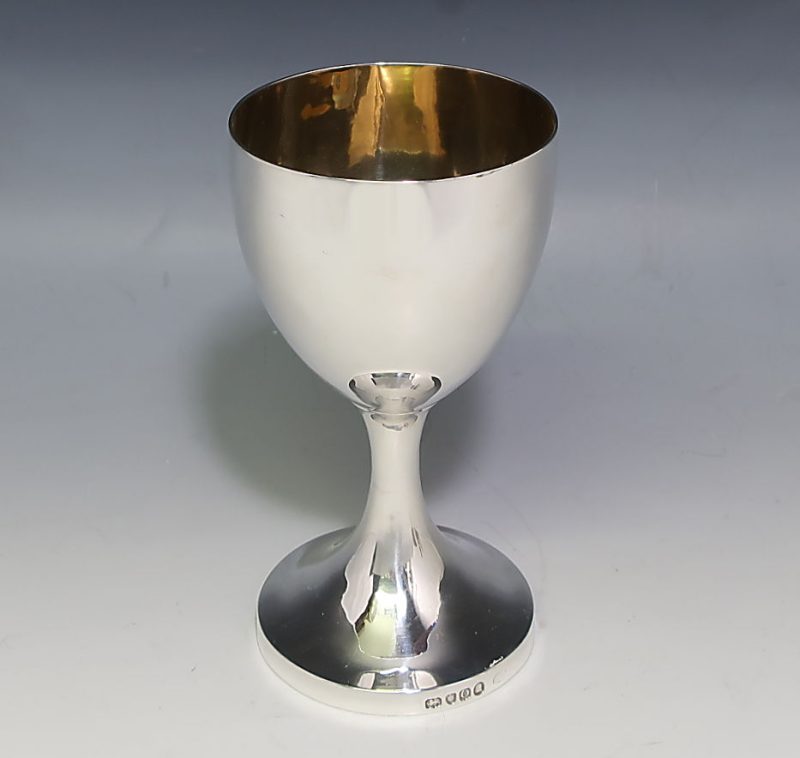
Antique Silver George III Goblet made in 1809
£935ENQUIRE ABOUT THIS PIECEW198x1Date:1809Maker: Thomas Wallis£935 -
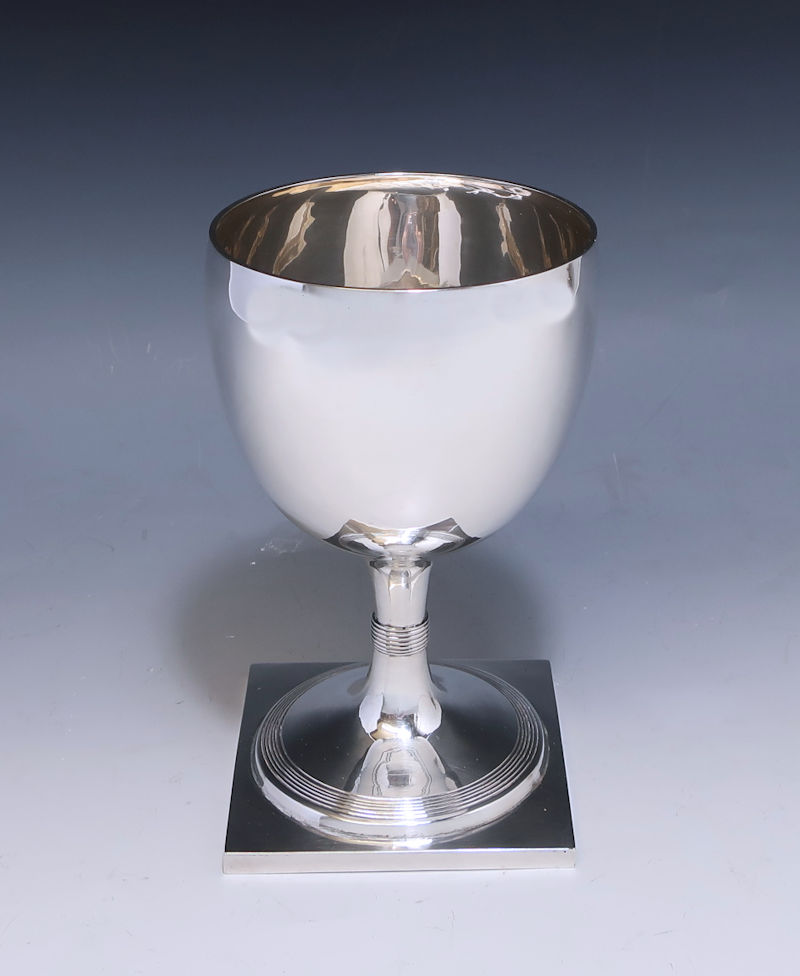
Antique Silver George III Large Goblet made in 1805
£1,150ENQUIRE ABOUT THIS PIECEW120x35Date:1805Maker: Charles Chesterman£1,150 -
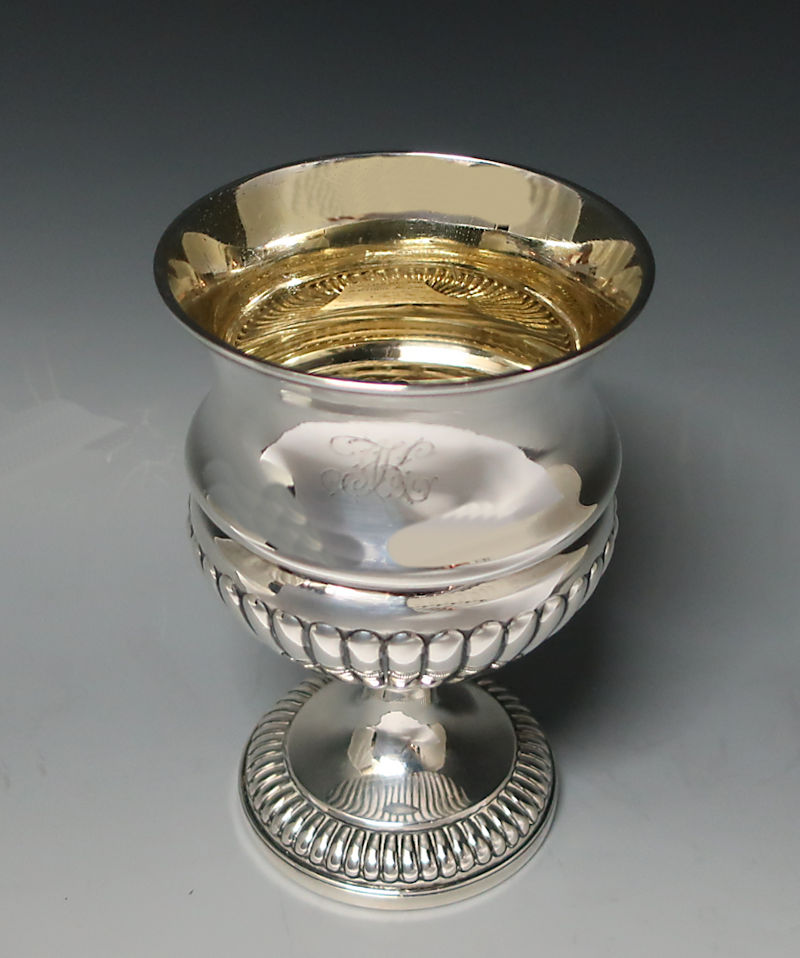
Antique Silver George III Goblet made in 1818
£875ENQUIRE ABOUT THIS PIECEW120x36Date:1818Maker: William Burwash£875 -
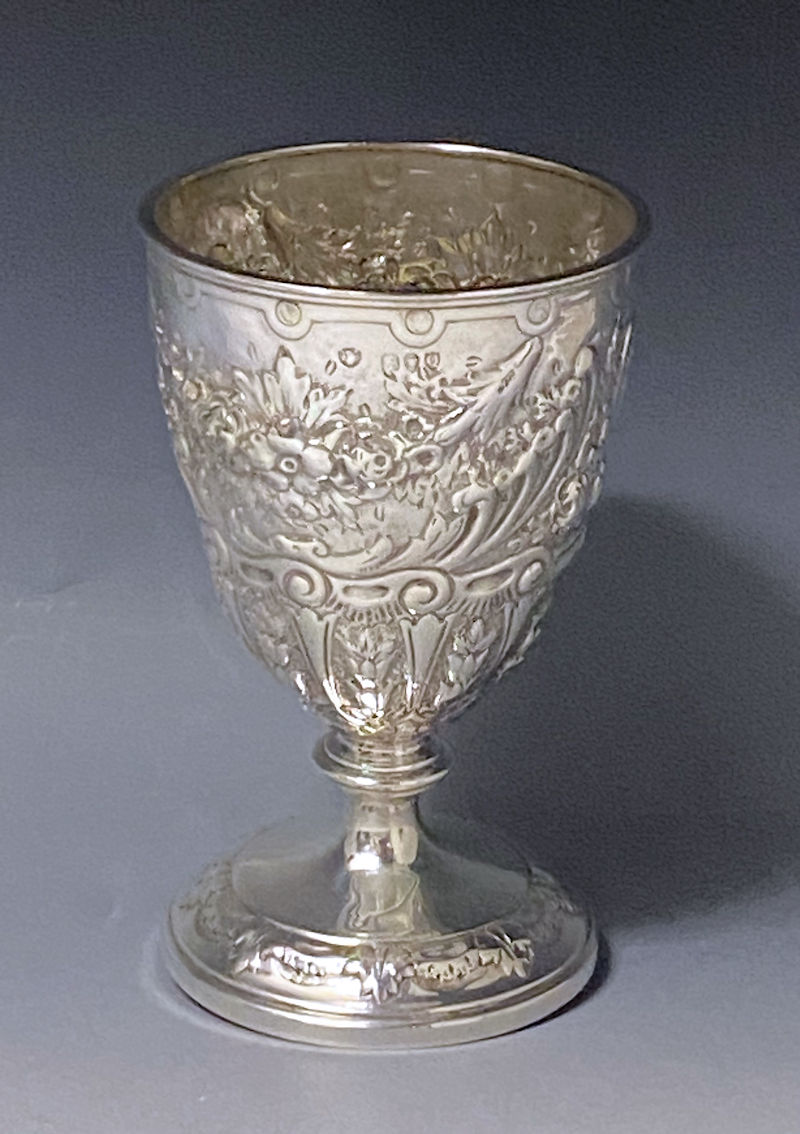
Antiques Silver Victorian Goblet made 1891
£975ENQUIRE ABOUT THIS PIECEW121x1Date:1891Maker: Barnard Brothers£975 -
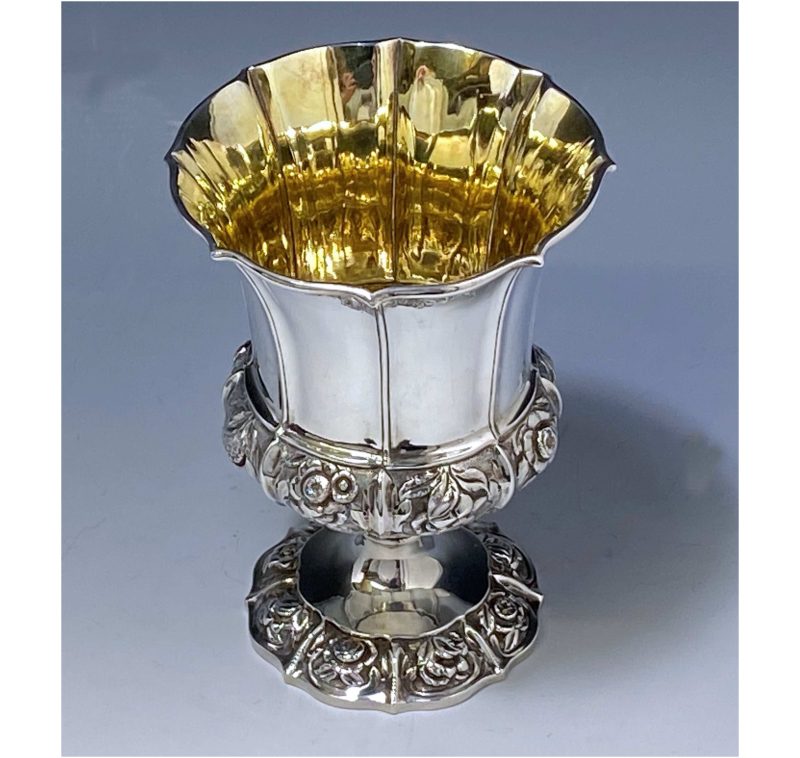
Antique Silver George IV Goblet made in 1825
£1,350ENQUIRE ABOUT THIS PIECEW198x41Date:1825Maker: William Eley II£1,350 -
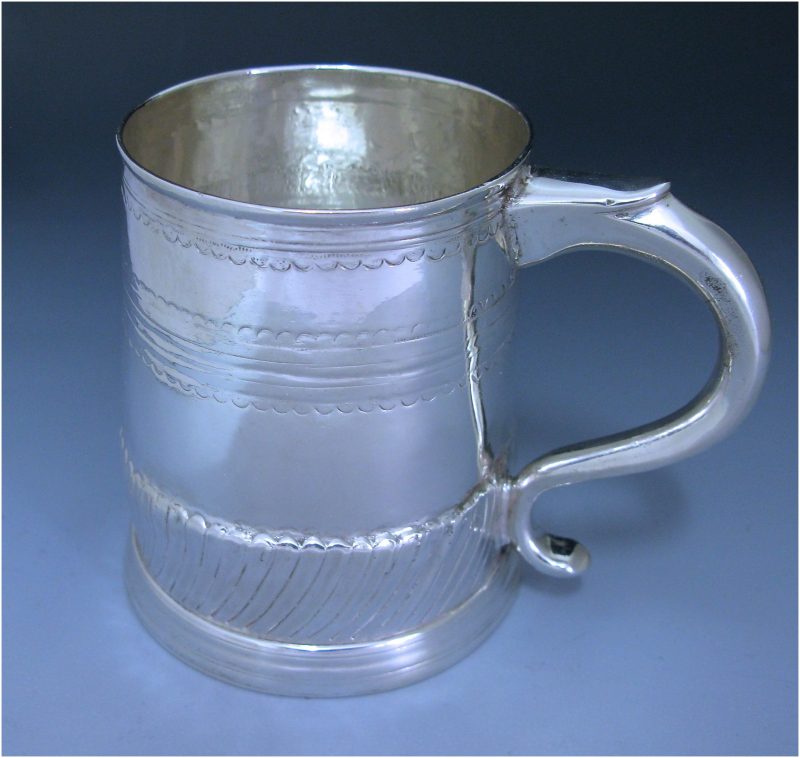
Rare Antique Britannia Standard Silver Queen Anne Mug made in 1704
£2,600ENQUIRE ABOUT THIS PIECEW194x18Date:1704Maker: Charles Overing£2,600 -
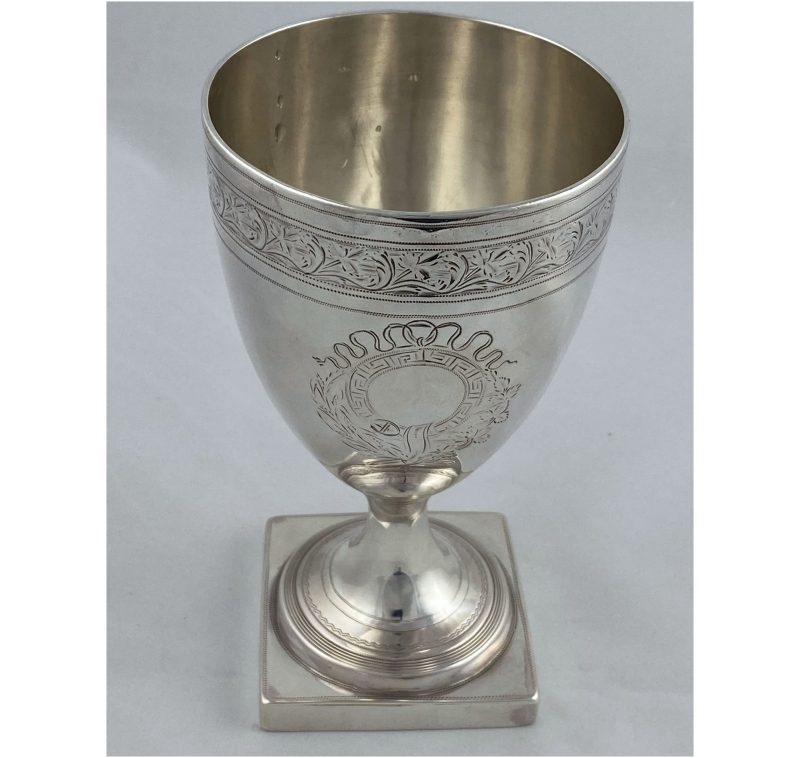
Antique Silver George III Goblet made in 1798
£1,250ENQUIRE ABOUT THIS PIECEW190x7Date:1798Maker: Solomon Hougham£1,250 -
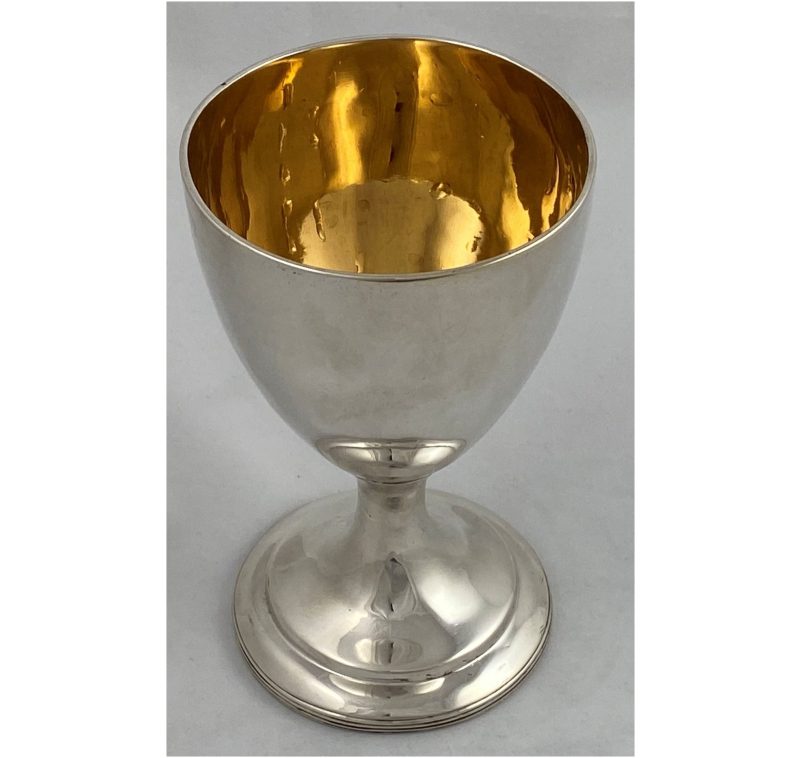
Antique Silver George III Goblet made in 1801 in York
£1,650ENQUIRE ABOUT THIS PIECEW197x39Date:1801Maker: Hampston & Prince£1,650 -
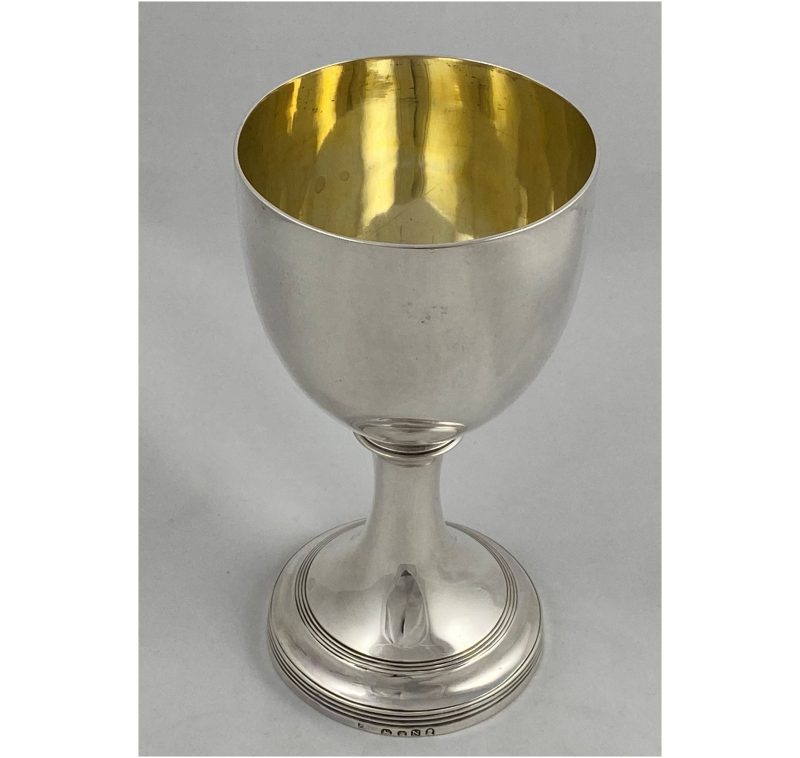
Antique Silver George III Goblet made in 1808
£925ENQUIRE ABOUT THIS PIECEW196x36Date:1808Maker: Thomas Wallis£925 -
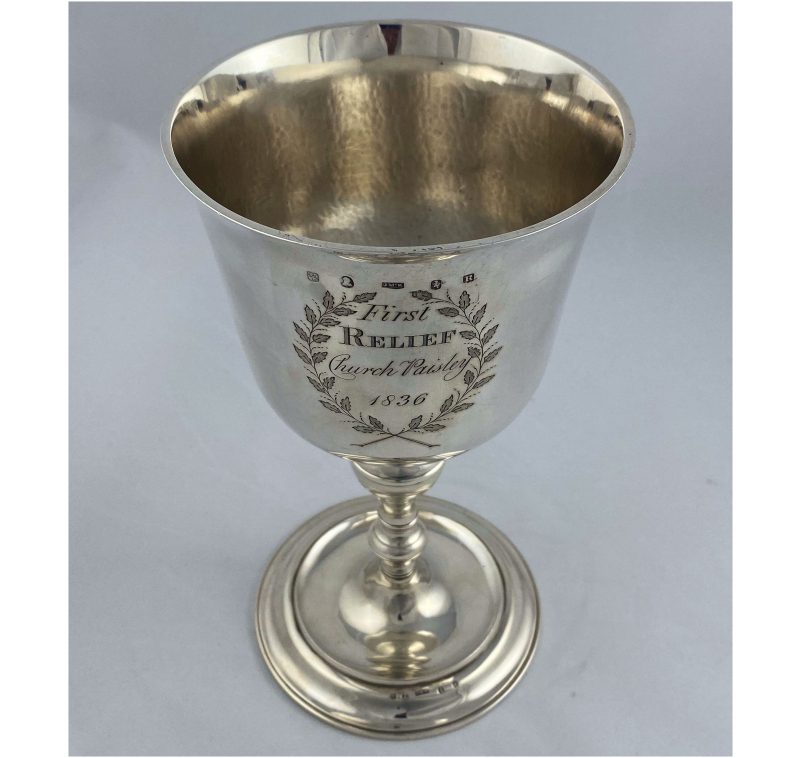
Antique Silver William IV Communion Cup made in 1836
£1,400ENQUIRE ABOUT THIS PIECESA234x11Date:1836Maker: James McKay of Edinburgh & Glasgow£1,400 -
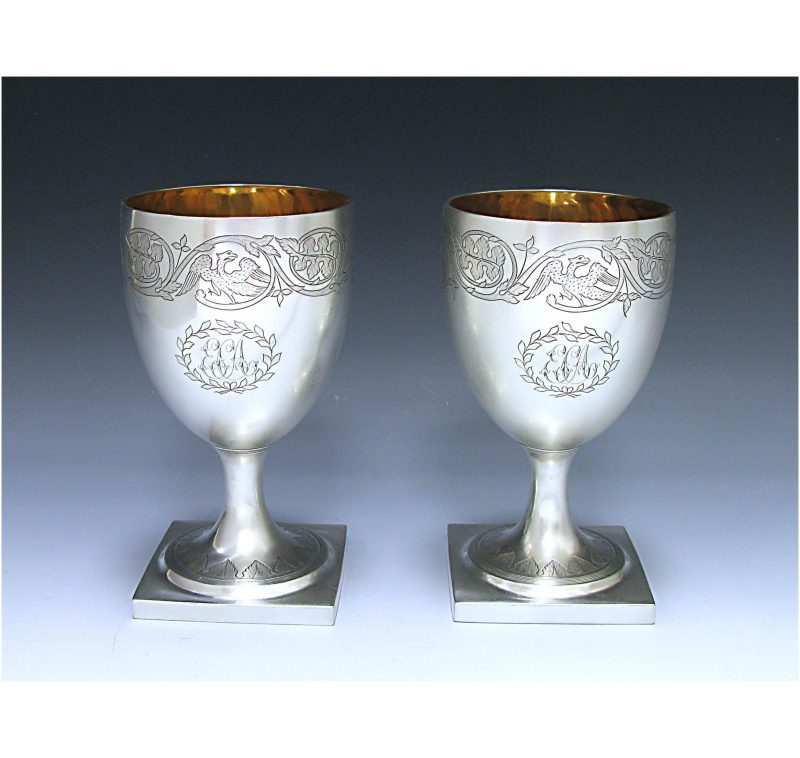
Pair of George III Antique Silver Goblets made in 1808
£2,800ENQUIRE ABOUT THIS PIECEW194x17Date:1808Maker: Alexander Field£2,800 -
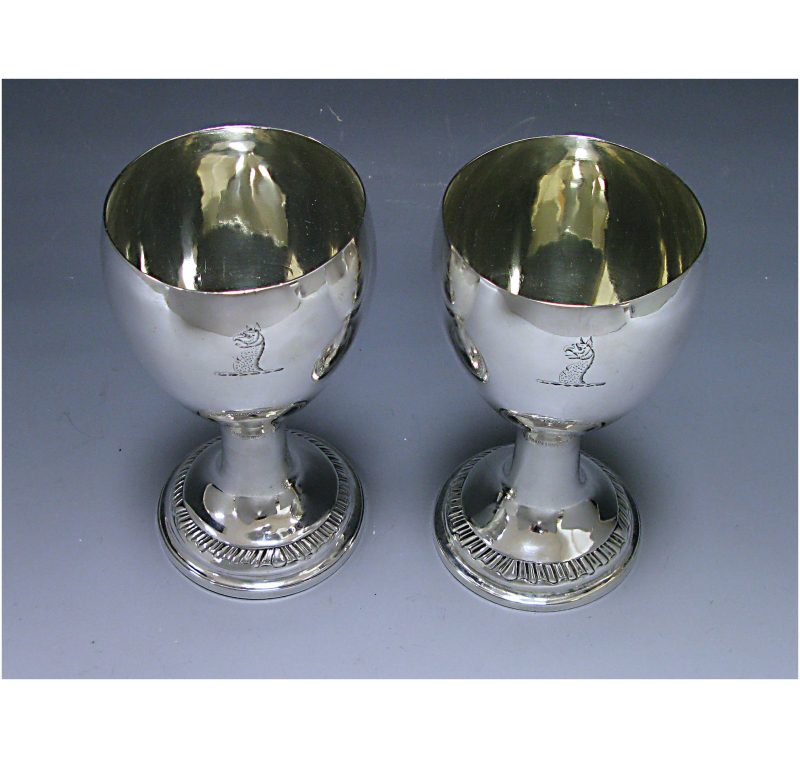
Pair of Irish Provincial Silver Goblets made c.1770
£5,800ENQUIRE ABOUT THIS PIECEW182x11Date:1770Maker: Carden Terry£5,800
[gtranslate]

